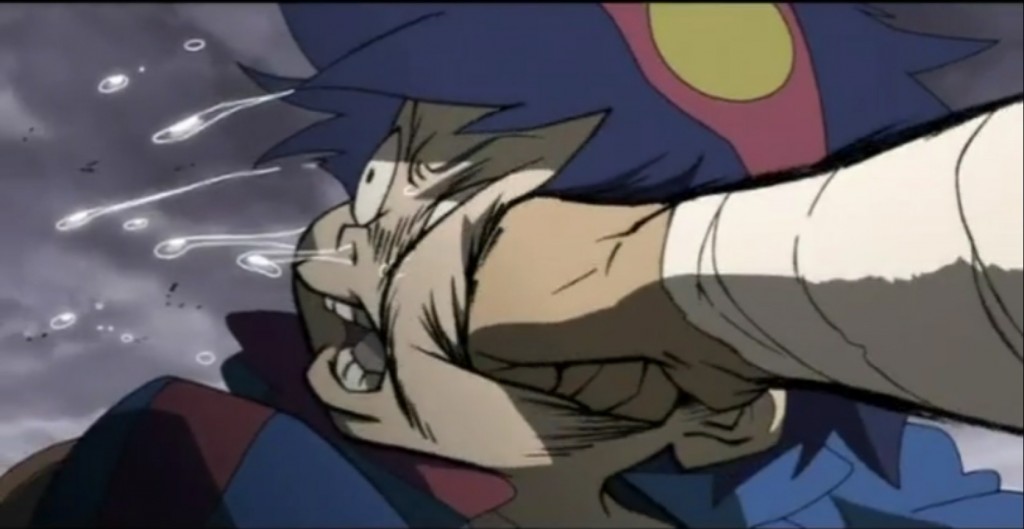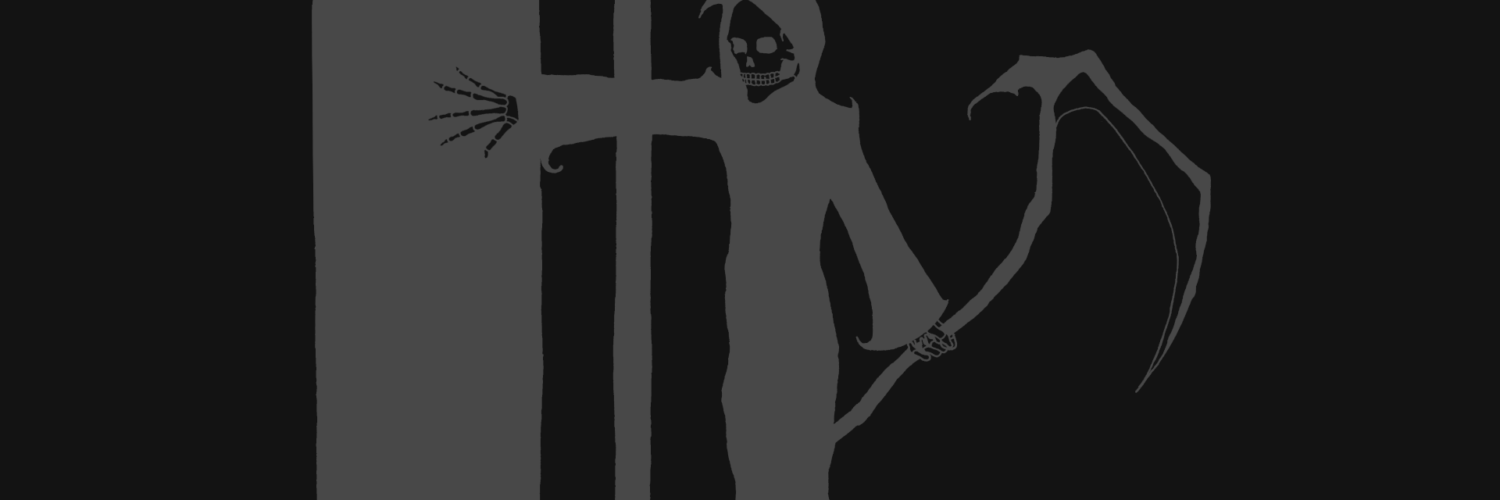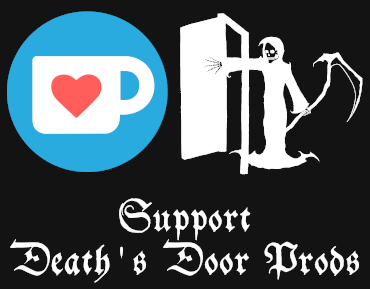
I hope you didn’t come for some new anime/manga to watch/read this week, because this issue, you’re gonna get educated about stuff! That’s right, this is my soap box to say whatever I want here, so if I want to have occasional articles pertaining to aspects of anime as a whole, there’s nothing you can do about it! Except maybe stop reading… please don’t.
Good, now that the pansies who couldn’t “handle it” are gone, let’s kick this party off with some DEMOGRAPHICS!!!! YEAH! LEARNING ALL UP IN THIS BIATCH!!! (ノಠ益ಠ)ノ彡┻━┻
Alrighty then, let’s start off with the most basic of the basic here. Shonen is the grouping of anime and manga directed at teenaged and pre-teen boys, generally accepted to rage from 12~18 years of age. To put it simply, this is the demographic from which almost all of the shows that make it across the Pacific come from. It’s your Bleach, Naruto, Dragonball(Z), etc. They tend to focus on action rather than the touchy-feely stuff, and can be generallized into a young teenager’s power fantasy. They almost always focus on getting superpowers or magi-tech of some sort to inevitably fight other people with similar powers. There is usually very little in the way of deep relationships outside of friendship, but when a show brings them into the story, they rarely go anywhere meaningful. It is important to note that there really isn’t any definite criteria to classify a sow as shonen, as it frequently covers a wide array of subjects that appeal to all demographics. This is a marketing thing the same as how Disney will slip some more grown up humour into their movies so the parents don’t fall asleep in the theatre.
At the core of it, shonen series are widely varied and frequently targeted at an older audience as well, but you can generally classify something as shonen if:
- fighting is a major plot device (Dragonball)
- there are giant robots (Tengen Toppa Gurren Lagann)
- there are whole arcs dedicated to tournaments of any sort (almost any sports manga)
- and many more…
Shonen is a massively varied chunk of work, mainly due to the fact that most anime is directed at the younger age groups, due to their lack of needing to do anything of note just yet, freeing up tons of disposable time to watch TV. But no matter your age, I can guarantee that, if you read/watch manga/anime, you have enjoyed a shonen series at some point and will again in what will most likely be the near future.
Where shonen is the superpowers, aliens, and mega climactic fights that young boys all think about, shoujo is the flowers, rainbows, and feelings that girls think about (I think? I will not pretend to know what young girls think about). As previously stated the shoujo demographic takes the focus from being an action hero, and shifts it towards more fleshed out romantic subplots and developing relationships. Shoujo series are hardly devoid of action, however, and it isn’t rare to see a strong female lead kicking ass and taking names on the side while pursuing romantic subplots and developing relationships. Shoujo is as wide and varied a demographic as its male counterpart, with very little in the way of definite criteria to be included. The one theme that is almost always included in shoujo are the magical girl series’, with few notable exceptions. You can easily think of shoujo as what happens to the normal characters of a shonen manga when the main character and his posse aren’t around. That’s not to say that there are no “abnormal” shoujo series however, they can be as weird and out there as their male counterparts. Some notable shoujo series are:
- The Pretty Cure series of manga and anime
- Glass Mask
- Sailor Moon
- Basically anything by CLAMP
- Ouran High School Host Club (doubles as a bit of a parody of the genre)
There are two more demographics, covering from ages 18-40, one targeted at males, the other at females. The many shared themes make them very similar, often making them indistinguishable from each other, so I won’t really try. Both josei (for the ladies) and seinen (for the gentlemen) can be easily written off as more mature, realistic versions of their younger gender counterparts. The relationships are more realistic in josei, and the motivations behind actions become far more important in seinen. The two older demographics often contain the exact same themes as the younger ones, but with less idealized consequences for actions. They are frequently significantly darker, more psychological stories and they have much more mature issues to be dealt with by the characters. These two demographics are the real life to shonen/shoujo’s action/romance movie. They are very rarely over the top in their themes, but can be easily just as entertaining as the sparkle explosion filled younger material, and they cater to a much smaller audience. I realize that I may have painted a bit of a dark picture, but if you haven’t seen or read a series classified as josei or seinen yet, I recommend you do that at the soonest opportunity. Here are some you may want to check out, hell, maybe you’ve even seen a few without knowing:
- Usagi Drop (Josei)
- Baccano (Seinen)
- K-On! (Seinen)
- Nodame Cantabile (Josei)
- The Lucifer And Biscuit Hammer (Seinen)
And with that, the first pseudo supplement to Aimless Wanderings is complete! Maybe it’ll be a normal issue next time, maybe it’ll be another educational supplement! Who knows? I sure don’t!




Nice article so what are some of your favorite art styles personally I liked the gothic art style like Soul Rater Black Rock Shooter D. Gray Man.